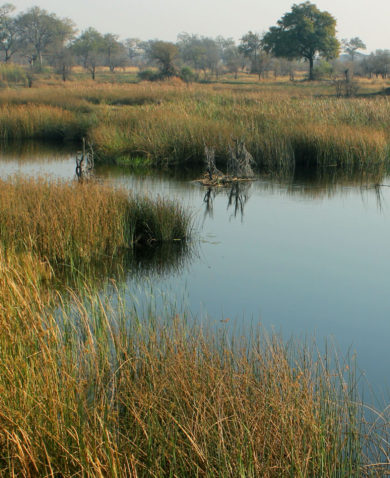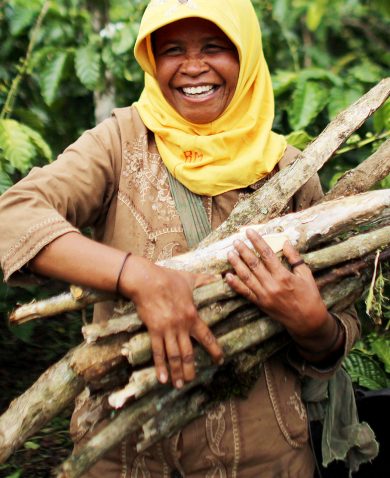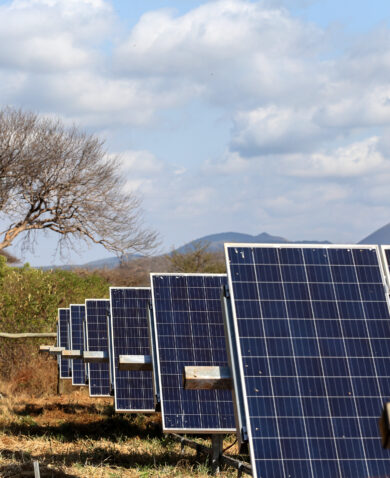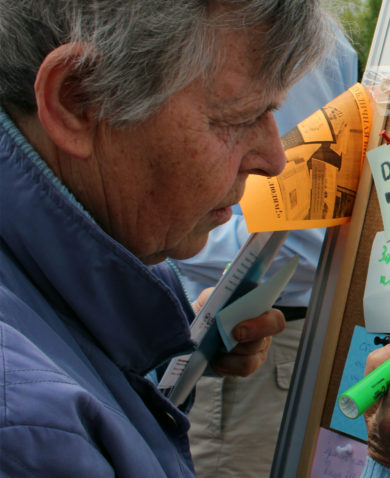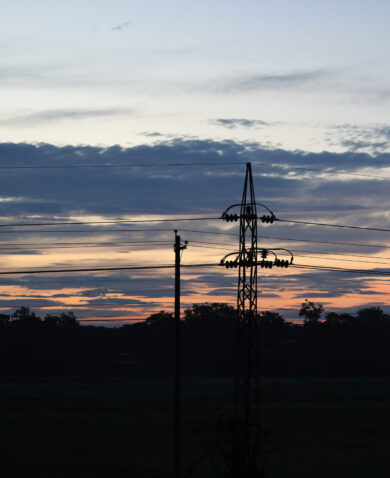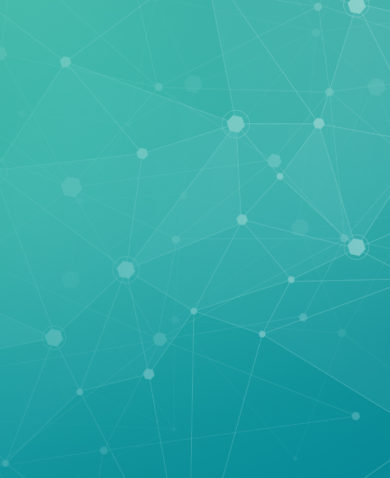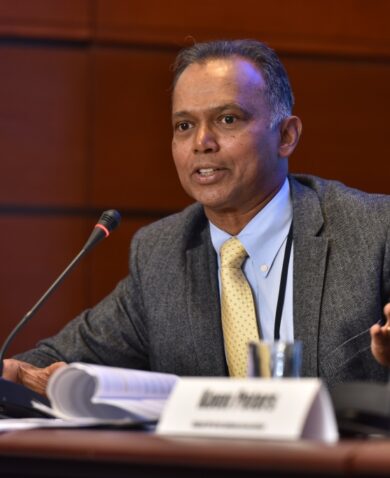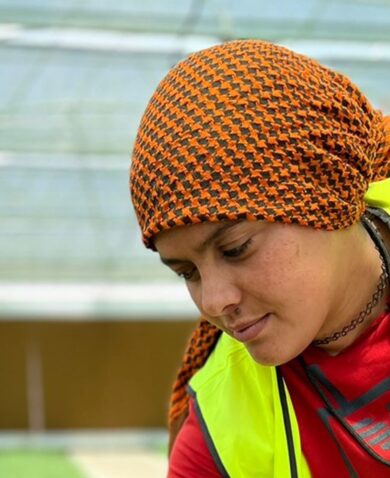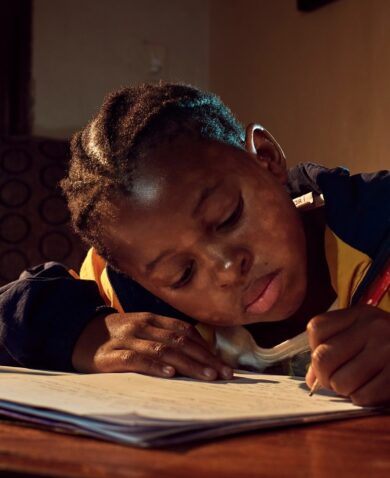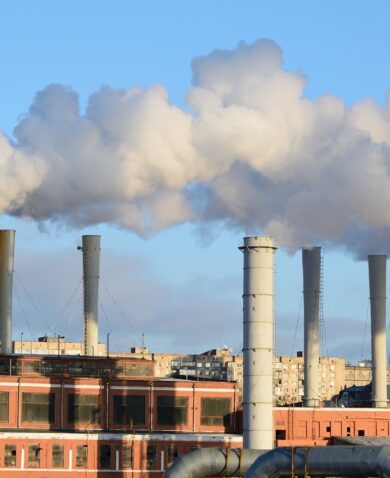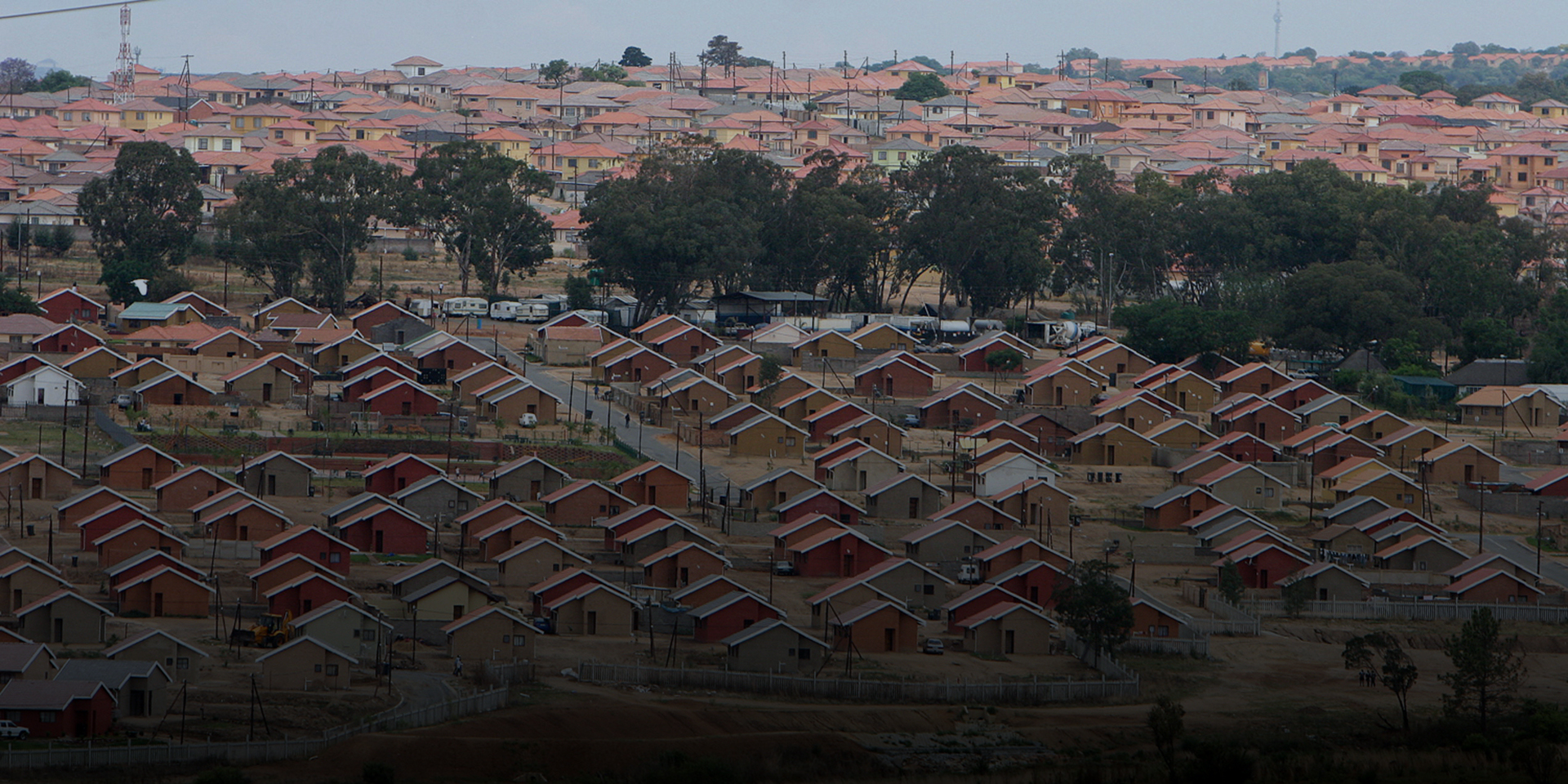
Let There Be Light: The Case for Powering Peri-Urban Communities
November 9, 2017 | 4 Minute ReadSustainable Development Goal 7 makes access to energy a global priority. Michael Ashford and Chelsea Lanzoni explore the challenges and offer potential solutions for ensuring reliable, affordable, and sustainable energy for all.
A well-established energy system aids all sectors, from commerce, technology, and communications, to health, education, agriculture and infrastructure. Conversely, a dearth of reliable energy constrains human and economic development. While 222 million people have gained access to electricity in recent years, one in five — or 1.1 billion people worldwide — still lack access. Many more have only intermittent or weak service. Consequently, the United Nations made “access to affordable, reliable, sustainable, and modern energy for all” one of its 17 Sustainable Development Goals in 2015. To face the needs for energy expansion in developing countries, we need to reframe the way we look at these challenges. Let’s look at the issues that should get greater attention — through the lens of sub-Saharan Africa.
What we know: Electric utilities are dysfunctional and grid connection is often unavailable
In sub-Saharan Africa, power networks are old, dilapidated, and largely untrustworthy. People who choose to purchase utility service can expect frequent and long power outages, eroding both their trust in providers and their quality of life. At the same time, they often pay late for service, or not at all. Many others refuse altogether to sign up for unreliable service. As electricity service deteriorates and customers become less likely to pay, utilities’ bottom line suffers. These companies then lack the capital to upgrade existing infrastructure, modernize grids, and, consequently, further expand coverage to those who need it — a vicious cycle stunting the industry.
What we’re not paying enough attention to: Power theft deters investment
It’s no surprise that non-collection (commercial losses) and energy theft, or non-technical loss (NTL), are common where utilities are inefficient or where there are barriers to accessing legitimate energy sources. In a customer’s view, why deal officially with the utility when there’s an unofficial representative who’s easier to work with and knows what she or he needs and can afford? Why connect to a relatively expensive, run-down, and unstable grid when energy can easily be stolen?
Commercial loss and NTL are prevalent in sub-Saharan Africa, where urbanization is growing faster than infrastructure can keep up. This mega-urbanization means many people who left rural communities now live in slums and peri-urban areas characterized by hybrid, fragmented urban and rural features, and often inconsistent utility coverage. Against this backdrop, energy theft is common. Plus, an absence of well-defined property rights makes collections and monitoring difficult. Oftentimes, not only do distribution companies lack the capital to extend grids, but they also have little or no financial incentive to extend services to former rural residents who consume little electricity and have a limited ability to pay. By 2050, according to estimates, the number of urban residents in sub-Saharan Africa will reach 1.36 billion, compared to 400 million in 2010. Undoubtedly, the pressure to find viable power expansion solutions will only intensify alongside a surge in demand.
A solution: Reframe energy as a retail crisis, focusing first on dense peri-urban communities
The lack of energy access in sub-Saharan Africa must be reframed as a retail crisis. If distribution companies want to increase revenue, they need to cater to their customers. This starts with organizing informal, peri-urban communities as a necessary consumer base in the push toward expanding the utility market to all. As the increase of NTL in urban and peri-urban areas makes clear, there is a missed opportunity for utility providers that will only grow if the status quo remains. Additionally, focusing on these highly dense communities can generate more revenue at a lower investment cost compared to more rural, distributed communities. As with customer service in general, utilities’ initial steps must be to inform end-users on the basics of electricity service and to eventually place good faith in customers to pay.
On the supply side, utilities must meet customer demands with a packaged solution at a price that customers can pay. Here, international organizations could support utilities in determining where they should densify or not, through political and economic analyses, technical and operational capacity evaluations of existing distribution services, and assessment of the legal and regulatory environment for distribution sector operations.
If the energy crisis is not viewed as an issue of listening and responding to localized, urban and peri-urban demand to secure the right type and quality of service, overall improvements will not be sustainable. By speaking to individuals within under-served markets and providing them with service that meets their needs and suits their way of life, utilities and governments will generate more paying customers and less theft, ultimately leading to a better return on investment. If properly addressed, paying urban and peri-urban communities could give electric utilities the revenue they need to fix their dilapidated system, attract private investment, and extend power to more distant rural communities.
Let there be light
The end result will be context- and country-specific. Energy infrastructures could be centralized or decentralized. Some peri-urban areas may be well suited to entirely distributed or off-grid power. For off-grid market solutions, grant funding may be justified to support local community development of mini-grids. Carrot-and-stick measures may reduce NTL. Or more passive systems for loss reductions, such as pay-as-you-go metering, may be suitable. Rural areas could (and should) be renewable microgrid targets. Whatever the approach, what matters most is that power be extended to those that need it, and this is accomplished through listening to those who too often don’t have a voice. Energy is central to nearly every major challenge and opportunity the world faces today. Whether for jobs, security, climate change, food production, or increasing incomes, access to energy for all is essential.



